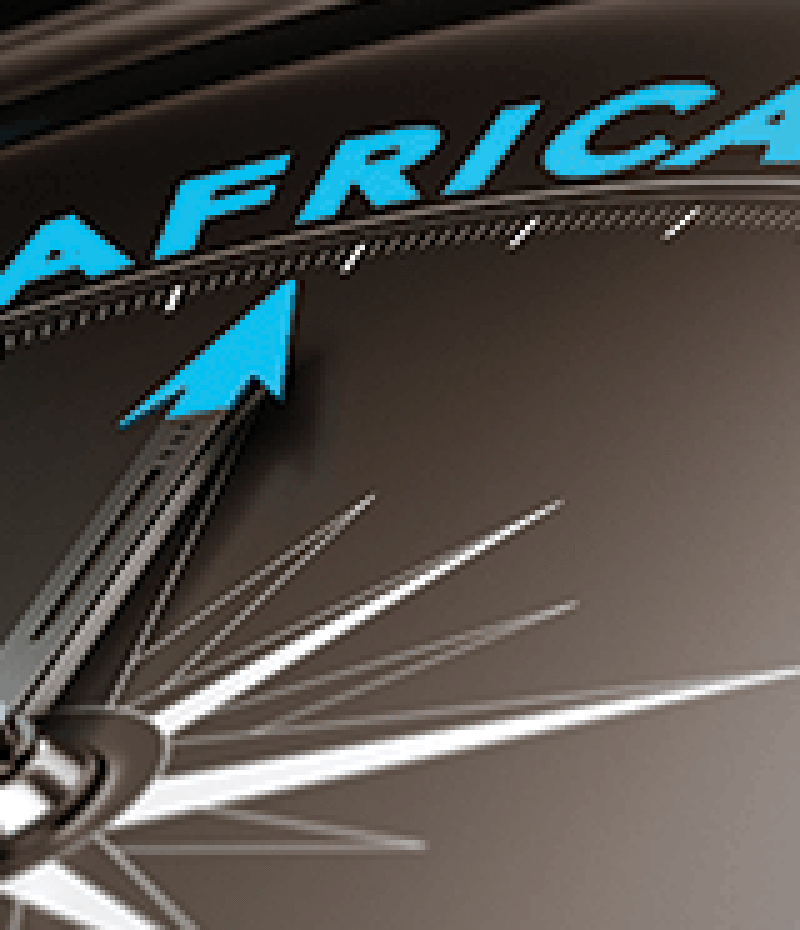
|
Medupi coal-fired power station went R40 billion over budget |
While calls to increase capital and concessionary credit for African infrastructure investment ring louder by the day, some governments, including Zambia and Angola, have tended to struggle to spend their capital budgets, given bureaucratic hurdles and a lack of technical capacity.
It should be no surprise, therefore, that all-too-often project design challenges, rather than capital, is bedeviling African infrastructure investors.

|
Where the problem lies is in creating and maintaining a source of viable infrastructure projects that these flows are comfortable investing in Paul Boynton, |
To put capital to work for long-term economic development, African governments need to be more proactive in creating feasible and sustainable infrastructure projects, says Paul Boynton, CEO at Old Mutual Alternative Investments based in South Africa.
“I don’t believe that there is too much capital making its way into Africa. But sometimes it can be difficult for all of this money to be put to work effectively. What we do need to see are more viable and continuous projects, where governments play a responsible role as a coordinator in infrastructure investment.”
One example of success that Boynton offers is South Africa’s Renewable Energy Independent Power Producer Procurement (REIPPP) programmes. In 2011, South Africa launched the first round of the country’s REIPPP projects as a way to encourage international investment to the country and help stem some of the country’s electricity short fall.
Since then, there have been three additional rounds with increasing participation from the international investor community, which has pushed costs for subsequent projects lower for the South African government.
The success of the REIPPP projects relies on an upfront tender process, a fair bidding process and a reliable regulatory environment, says Boynton.
“Consider solar energy after round one of South Africa’s REIPPP programme was completed. At the end of the tendering process, it was calculated that solar power per kilowatt hour was priced at around R2.40. But after round four, the price for solar energy was pushed down by 70% to R0.80. Prices were driven down because there was more competition from investors following the programme's successful track record.”
He adds: “South Africa’s REIPP programmes are world class. This is a great example of when public-private partnerships for infrastructure can be successful. This is not to say that South Africa’s government is flawless in this respect, but to say it can be done and this is a model that Africa should work towards developing more rapidly.”
Infrastructure failures
Arguably one of South Africa’s biggest infrastructure failures has been the development of the N1/N2 Winelands toll road by the South African National Roads Agency. The project, which was approved in 2003, has proven to be hugely unpopular, with many complaining of unjustified high tariffs.
Medupi, the coal-fired power station developed by state-owned power company Eskom, has also received huge amounts of criticism, coming in R40 billion over budget and taking two years longer than expected to complete.
“While government interaction with infrastructure development hasn’t been flawless, South Africa has provided some excellent examples for sub-Saharan African government more generally on how to create programmes that are reliable and consistent," says Boynton. "And once investors and global developers identify these types of opportunities, they will be much more likely to return and reinvest.
Further reading |

|
“For many of those investing in Africa, changing regulatory environments, political risk and currency volatility, among others, can be a cause for concern. Governments in Africa need to actively engage with investors to put private capital to work for infrastructure development. We need to see more government assurances in this respect.” Africa’s infrastructure deficit is huge. According to data compiled by the World Bank, Africa is in need of $90 billion-worth of additional investment each year for the next 10 years to finance the gap. As it stands, only around half of this amount is being met.
In 2013, capital flows into Africa, including foreign direct investment and portfolio investments, reached around $72 billion according to data compiled by Old Mutual. When remittances and development assistance were added to this figure, the total amount of capital flows into Africa for 2013 hit $191.5 billion.
Foreign investment into Africa, both direct and portfolio flows, is now the largest source of capital flows into the continent. Longer-term investment to support infrastructure, however, is essential for economic development and poverty alleviation in Africa.
“The problem isn’t the lack of capital to Africa,” says Boynton. "Where the problem lies is in creating and maintaining a source of viable infrastructure projects that these flows are comfortable investing in.”